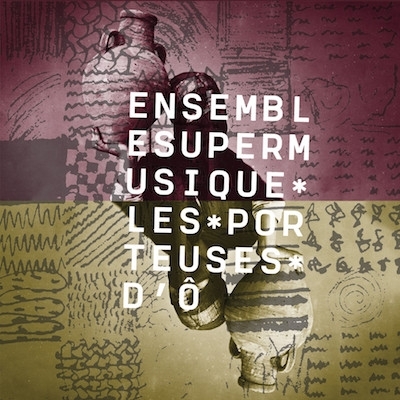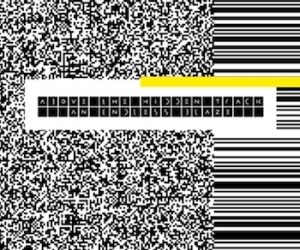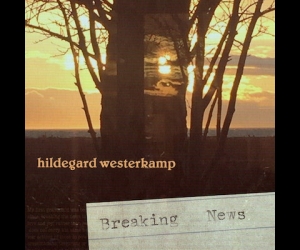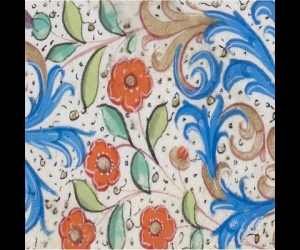
In its first twenty years under founders Danielle Palardy Roger and Joane Hétu, Montreal’s Ensemble SuperMusique has established itself as Canada’s most broadly exploratory midsize ensemble (here numbering thirteen), investigating and combining contemporary composition, graphic notation, and collective improvisation. Les Porteuse d’Ô presents interpretations of three recent graphic scores, each of which has strongly programmatic content and challenges the ensemble in different ways.
Roger’s En Arrivant par le Nuage de Oort (2014–15) is a graphic score that resembles conventional notation, creating an ambiguous ground for the members of the ensemble. The work describes a cosmic journey from the Oort Cloud—the ring of comets orbiting the sun at the outer edges of the solar system—to the sun itself. It’s a journey from darkness to absolute light, marked by rising pitch and volume, accelerating events, and an expansion of orchestral colour that grows in intensity throughout its thirteen-minute duration. It’s a singular, initially gradual movement, but the passage through space is marked by sudden flashes of brilliance.
Hétu’s Préoccupant, c’est préoccupant (2015–17) the CD’s centrepiece, is inspired by “various concerns that can insidiously interfere in our lives.” There are four concerns here, two with multiple forms: falling from high (including effervescence and fainting), states (coup d’états and states of mind), bitter oranges (an inspired list of expired foods, among them putrid steak and rancid nuts: the items are called out throughout the work’s duration), and the “tone of your voice.” The musicians follow a sequence of words, drawings and colours, and the piece teems with high spirits, good humour and explosive invention, highlighted by a duet between Hétu (voice) and Jean Derome (alto saxophone).
B.C. composer Lisa Cay Miller’s Water Carrier (2017), is inspired by issues of water rights in Canada and uses mixed materials, including graphic scoring (a checkerboard), standard rhythmic notation, and free improvisation. No detailed programmatic concordance to the work is supplied, but it abounds in unusual textures, including a full-ensemble passage in which Ensemble Supermusique’s horns and rhythm section sound like a traditional jazz big band, while the strings play contrasting parts from the vocabulary of European high modernism. Other unlikely textures include the opening passage in which grinding, discordant, bowed strings give way to episodic, liquid intrusions from Bernard Falaise’s guitar amid consonant pizzicato passages.
Each of these highly inventive, heterodox works gains immensely from the Ensemble’s precision and improvisatory skills, making the most of these pieces whatever their specific demands.




